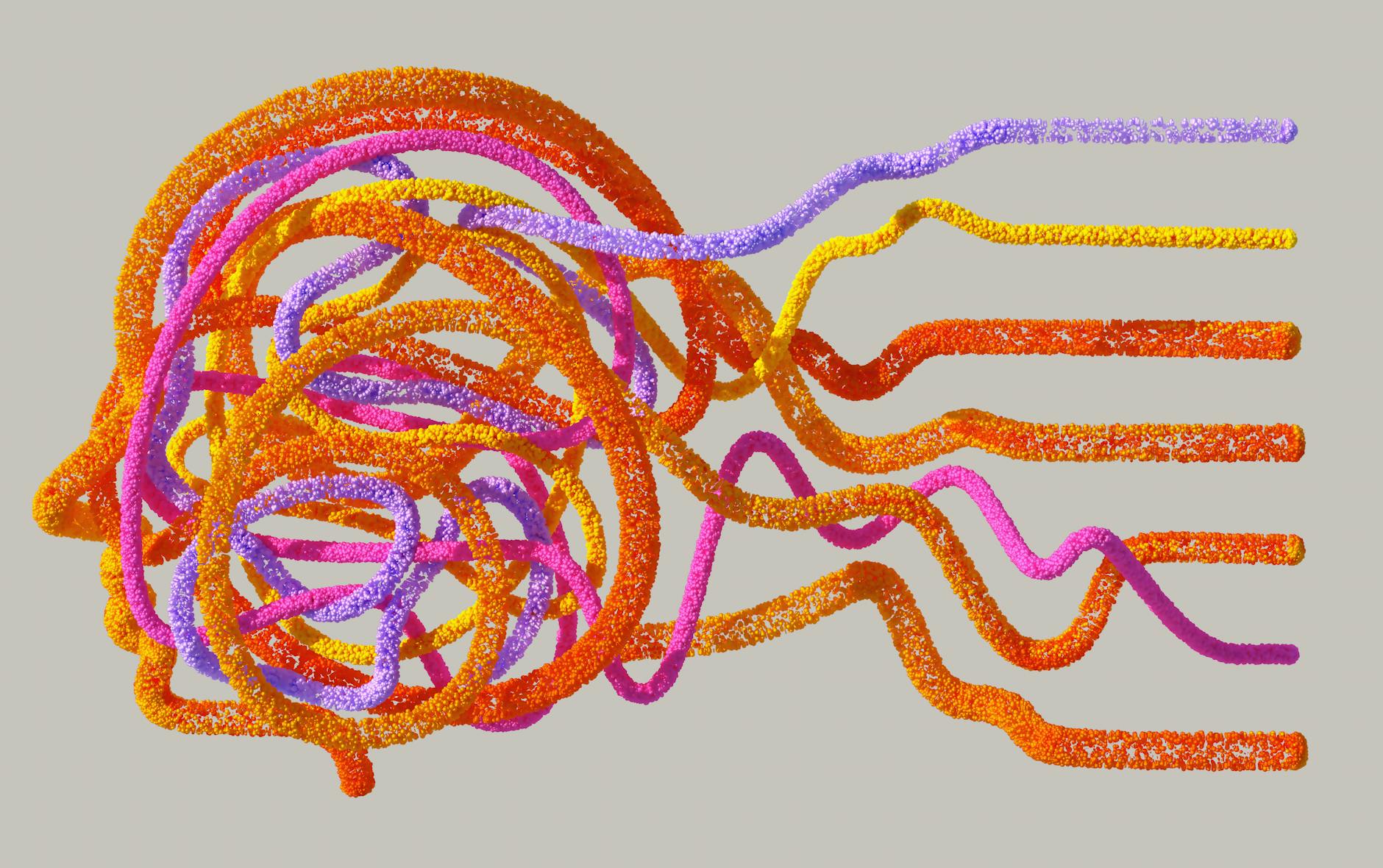Meta’s Superintelligence Gambit: Zuckerberg Bets Billions on New AI Lab | Tencent Unveils Self-Training LLMs & Open-Source Challenges ChatGPT

Key Takeaways
- Mark Zuckerberg has launched a new Meta AI lab following a $14.3 billion acquisition of Scale AI and further massive investments in top research talent, signaling an intensified “Hail Mary” in the AI race.
- Tencent’s R-Zero framework introduces a revolutionary approach to AI training, enabling large language models to self-generate learning curricula and bypass the need for labeled datasets.
- Nous Research has released Hermes 4, a new series of open-source AI models that reportedly outperform ChatGPT on math benchmarks and offer uncensored responses.
- OpenAI has launched a $50 million “People-First AI Fund” to support U.S. nonprofits in leveraging AI for social impact, alongside a pioneering joint safety evaluation with Anthropic, highlighting cross-lab collaboration on AI alignment.
Main Developments
The AI landscape is experiencing a seismic shift, with today’s news highlighting both escalating corporate ambition and groundbreaking technical innovation. At the forefront of this intensity is Meta, as Mark Zuckerberg reportedly executed an “ultimate Hail Mary” move to dramatically scale up his company’s presence in the AI race. In June, Meta spun up a brand-new Superintelligence Lab, not merely as an internal initiative, but fueled by a staggering $14.3 billion acquisition of Scale AI. This colossal investment was further compounded by billions more dedicated to recruiting some of the industry’s most preeminent researchers and engineers, underscoring Meta’s profound commitment to competing at the very top tier of AI development. This strategic play by Zuckerberg signals an aggressive acceleration, aiming to secure Meta’s position amidst the fiercely competitive pursuit of advanced AI capabilities.
While Meta pours resources into talent and infrastructure, another major player, Tencent, is redefining the very foundation of AI training. Their recently unveiled R-Zero framework introduces a potentially revolutionary paradigm shift: the ability for Large Language Models (LLMs) to train themselves. Moving beyond the traditional and often laborious process of data labeling, R-Zero employs two co-evolving AI models that collaboratively generate their own learning curriculum. This breakthrough could dramatically reduce the cost, time, and human effort associated with developing new AI models, potentially democratizing access to powerful AI development and accelerating the pace of innovation across the board.
Further disrupting the status quo in the open-source arena, Nous Research has released its Hermes 4 AI models. These new open-source offerings are making waves by reportedly outperforming OpenAI’s ChatGPT on critical math benchmarks, a domain where LLMs often face challenges. Beyond their enhanced reasoning capabilities, Hermes 4 models are noted for providing uncensored responses, a feature that distinguishes them in a market often constrained by content filtering. This release from Nous Research highlights the increasing power and flexibility of open-source AI, offering developers and researchers robust alternatives to proprietary systems.
Amidst these rapid advancements and fierce competition, leaders in the field are also addressing the ethical and societal implications of AI. OpenAI, for its part, has launched a significant initiative aimed at fostering responsible AI adoption within the nonprofit sector. The new $50 million “People-First AI Fund” is designed to help U.S. nonprofits scale their impact using AI, with applications opening soon for grants in vital areas such as education, healthcare, and research. This fund underscores a growing recognition within the AI industry of its potential for broad social good, beyond commercial applications.
In a parallel move demonstrating a commitment to safety, OpenAI and Anthropic — two of the leading AI research labs — have undertaken a first-of-its-kind joint safety evaluation. This collaborative effort involved testing each other’s models across a range of critical safety metrics, including misalignment, instruction following, hallucination, and jailbreaking. The findings from this unprecedented cross-lab collaboration not only highlight ongoing progress and persistent challenges in AI safety but also underscore the immense value of shared insights and transparent scrutiny in navigating the complexities of advanced AI development. These initiatives reflect a dual focus within the industry: pushing the boundaries of AI capability while simultaneously working to ensure its responsible and beneficial deployment.
Analyst’s View
Today’s AI news paints a vivid picture of an industry in hyper-drive, characterized by massive strategic investments and fundamental technological breakthroughs. Zuckerberg’s “Hail Mary” signals a critical juncture: the AI race isn’t just about innovation anymore; it’s about sheer scale, talent acquisition, and a no-holds-barred fight for market dominance. This kind of investment by Meta reshapes the competitive landscape, putting immense pressure on rivals. Simultaneously, Tencent’s R-Zero framework represents a potential inflection point for AI development itself. If LLMs can truly train themselves, it could dramatically lower the barrier to entry, accelerate research, and spawn an entirely new generation of AI applications. The emergence of powerful, uncensored open-source models like Nous Hermes 4 further complicates the regulatory and ethical discussions. The key takeaway is an accelerating decentralization of AI development, with self-training and open-source models challenging corporate giants. Watch for how these forces – massive corporate spend vs. democratized, self-evolving AI – will shape the next era of intelligence.
Source Material
- Supporting nonprofit and community innovation (OpenAI Blog)
- OpenAI and Anthropic share findings from a joint safety evaluation (OpenAI Blog)
- What’s really happening with the hires at Meta Superintelligence Labs (The Verge AI)
- Nous Research drops Hermes 4 AI models that outperform ChatGPT without content restrictions (VentureBeat AI)
- Forget data labeling: Tencent’s R-Zero shows how LLMs can train themselves (VentureBeat AI)